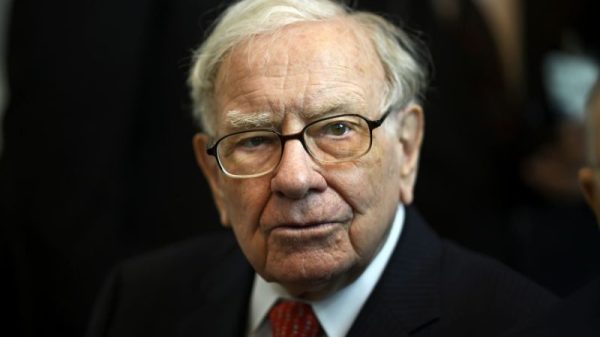In recent news, CVS Health is under increasing pressure and is contemplating a potential breakup of its business segments. This move has garnered significant interest and speculation within the business world due to the potential risks associated with such a decision. The healthcare giant’s current structure encompasses a diverse array of services, including pharmacy benefits management, retail pharmacies, and healthcare services, all under one umbrella.
One of the primary reasons driving CVS Health towards considering a breakup is the push for unlocking greater value for its shareholders. By separating its various business units, CVS may seek to facilitate a more focused and efficient operation, which could potentially lead to increased shareholder returns. However, this strategy is not without its challenges and risks.
A major concern surrounding the breakup of CVS Health is the potential disruption it could cause to the integrated healthcare ecosystem that the company has built over the years. By dividing its operations, CVS may risk losing the synergies and efficiencies that come from having a unified business model. This could result in increased costs, duplication of efforts, and a less cohesive customer experience across its various services.
Furthermore, the healthcare landscape is rapidly evolving, with an increasing emphasis on integrated care and value-based models. By breaking up its business segments, CVS Health may find it challenging to adapt to these changing dynamics and could lose a competitive edge in the market. Maintaining a diversified portfolio of services has allowed CVS to leverage cross-selling opportunities and provide comprehensive care solutions to its customers. A breakup could potentially limit its ability to offer such integrated services, impacting its competitive position in the industry.
Another significant risk associated with the breakup of CVS Health is the potential impact on its relationships with key stakeholders, including patients, healthcare providers, and business partners. The company’s comprehensive approach to healthcare services has enabled it to build strong, collaborative partnerships across the industry. Disrupting this integrated model may strain these crucial relationships and could lead to a loss of trust and confidence from stakeholders.
Moreover, the process of breaking up a company as large and complex as CVS Health is inherently challenging and resource-intensive. The company would need to navigate regulatory hurdles, operational complexities, and potential financial implications associated with the separation of its various business units. This could result in significant costs, both in terms of financial resources and management attention, which may outweigh the perceived benefits of the breakup.
In conclusion, while the idea of a breakup may seem appealing in theory, CVS Health must carefully weigh the risks and potential consequences associated with such a move. The company’s integrated business model has been a key driver of its success and competitive advantage in the healthcare industry. Disrupting this model could have far-reaching implications for its performance, relationships, and ability to navigate the evolving healthcare landscape. As CVS Health continues to evaluate its strategic options, it must exercise caution and consider the long-term implications of any decision to break up its business segments.


































